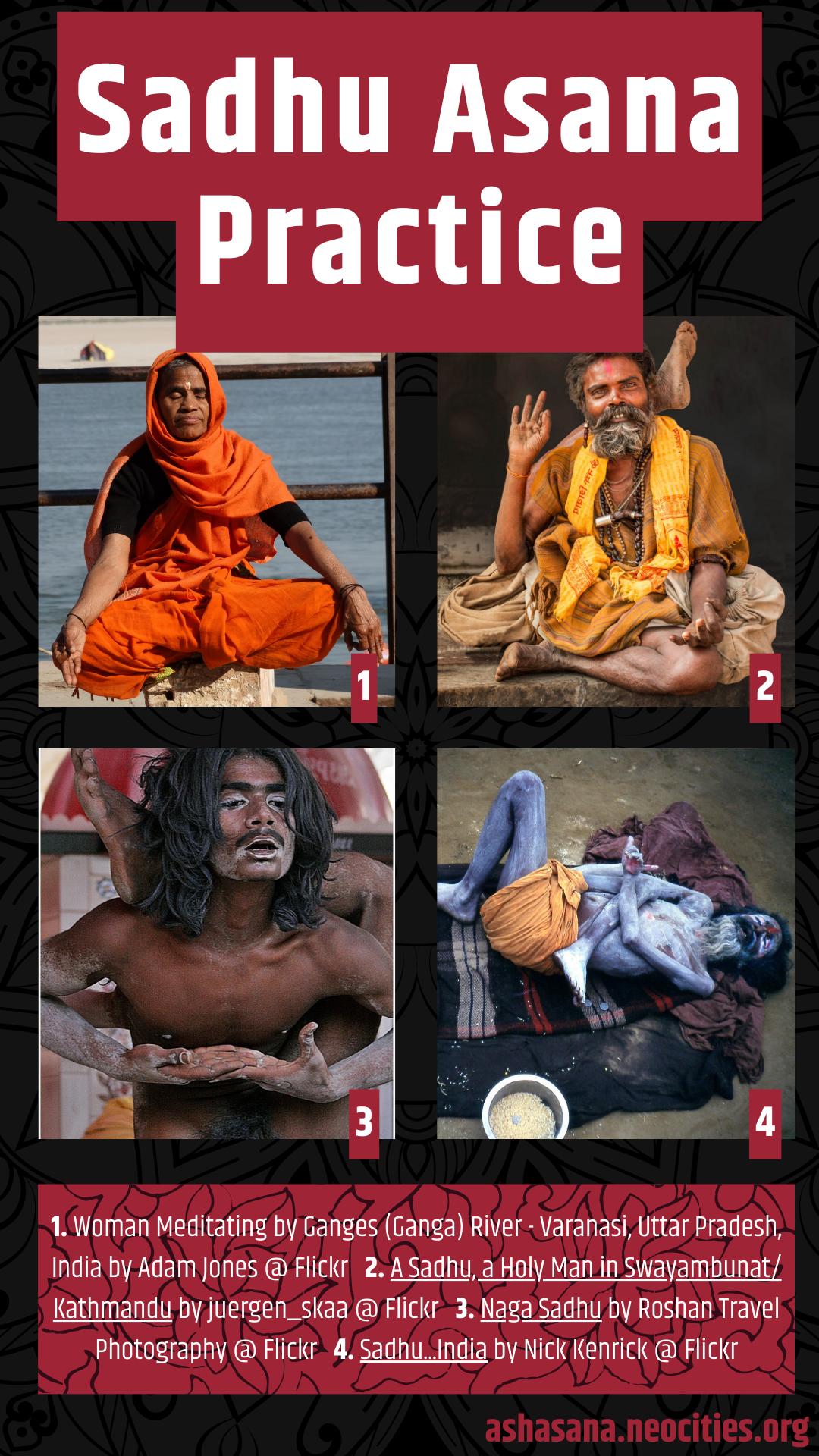articles
Who Gets to Have a Yoga Body?
Society centers a clear and limited understanding of what makes a "yoga body", one that reinforces and rewards certain physical, gender and racial characteristics while disregarding and invalidating the identities, experiences, and struggles of those that don’t fit this norm by perpetuating fatphobia, transphobia, the male gaze, and racism.
The term “yoga body” often has a connotation of a tall, thin, able-bodied white cisgender woman, which unfortunately overlooks the diversity of yoga practitioners outside of this commonly accepted form. This immediately excludes those who are not white, able-bodied or the right size and shape, and has encouraged fatphobia and exclusion within the yoga community, as well as the medicalization of the female body.
The dominant image of a “yoga body” has been further reinforced by the male gaze, where female bodies are sexualized through certain poses and aesthetics based on preconceived ideas of beauty and femininity. This allows for little to no representation of people of color, queer bodies, or bodies of different sizes, perpetuating racial discrimination, as well as erasing and dismissing any form of body diversity in the practice of yoga.
A yogi’s body in the medieval era was typically of a very lean and strong build due to their long hours of physical exercises, and their strict diet that consisted mostly of milk and fruits. His, because most yogis were and are male, hair was usually kept in a matted style, often bound in a knot at the back of the head. He would commonly cover his body with a layer of ashes and dust, this being a form of ritualistic cleansing.
A yogi’s daily hygiene routine was considered a spiritual form of purification. At daybreak, he would proceed to take a ritual bath using the waters of a sacred river, following this he might apply of a paste made of ghee and sandalwood powder. His body would then be purified with holy ashes (vibhuti), and his head and body smeared with yellow turmeric powder, red turmeric powder, and white vibhuti in special patterns to represent his beliefs and religious lineage.
Following this, he would adorn himself with freshly washed clothes, often made of orange cotton. Each man would wash his miniscule wardrobe by hand each day, and let them dry while they bathed themselves. Some ascetics might go naked but a yogi usually wore a dhoti, a type of loose fitting pants indigenous to India and created without stitching by clever folding and draping. His body, mind and soul would then be further purified through the practice of asana and meditation.

I don't know about you but I don't know anyone trying to get that kind of yoga body, but that's the kind of body yoga was created to facilitate. We're obviously redefining some things.
So let's redefine what a yoga body is. Let's expand our understanding of a “yoga body” and purposely foster spaces and places in which all bodies, regardless of shape, size, gender, color or ability are welcomed and celebrated.
You have a yoga body if you practice yoga. Period. End of story. It's not about your weight, size, or any physical characteristic. It's about how yoga makes you feel. You may have strong muscles, flexibility, and a sense of inner peace. It's a body that is happy and relaxed from the inside out. Your yoga body is one that can always find the strength to move with grace and mindfulness. It is a body that knows it can always find balance and harmony.
And we know from the Panchakosham and Triyasarira theories that human beings consist of three bodies - physical, energetic, and intuitive - and five koshas or layers, which form a subtle body and include an emotional, mental, spiritual, and cosmic layer. Each of the three bodies and five koshas interact to form an interconnected whole, with each layer affecting the other.
So yoga body is also a body that knows that there is something more than physical reality. Whether it's energy or an elaborate ancestral religion. Even if you don't understand what it is, you know it in your body.